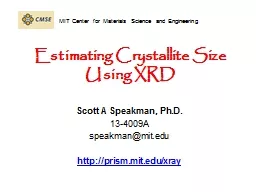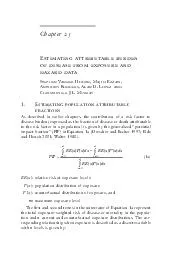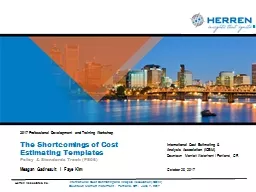PPT-Estimating Crystallite Size
Author : mitsue-stanley | Published Date : 2015-09-21
Using XRD Scott A Speakman PhD 134009A speakmanmitedu httpprismmiteduxray MIT Center for Materials Science and Engineering httpprismmiteduxray Warning These slides
Presentation Embed Code
Download Presentation
Download Presentation The PPT/PDF document "Estimating Crystallite Size" is the property of its rightful owner. Permission is granted to download and print the materials on this website for personal, non-commercial use only, and to display it on your personal computer provided you do not modify the materials and that you retain all copyright notices contained in the materials. By downloading content from our website, you accept the terms of this agreement.
Estimating Crystallite Size: Transcript
Download Rules Of Document
"Estimating Crystallite Size"The content belongs to its owner. You may download and print it for personal use, without modification, and keep all copyright notices. By downloading, you agree to these terms.
Related Documents














